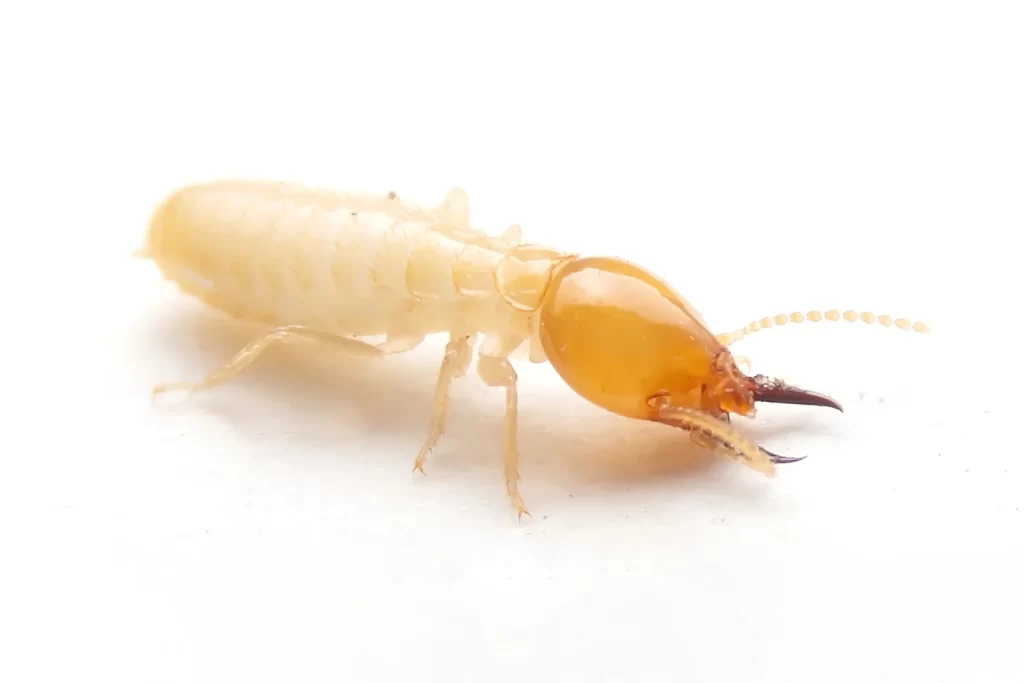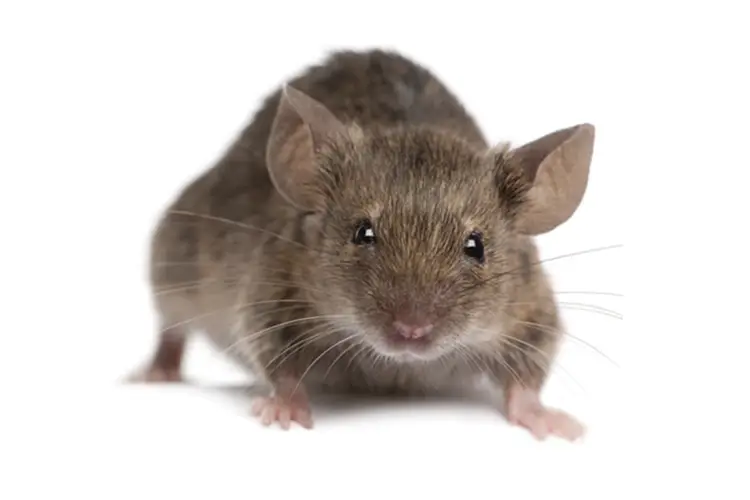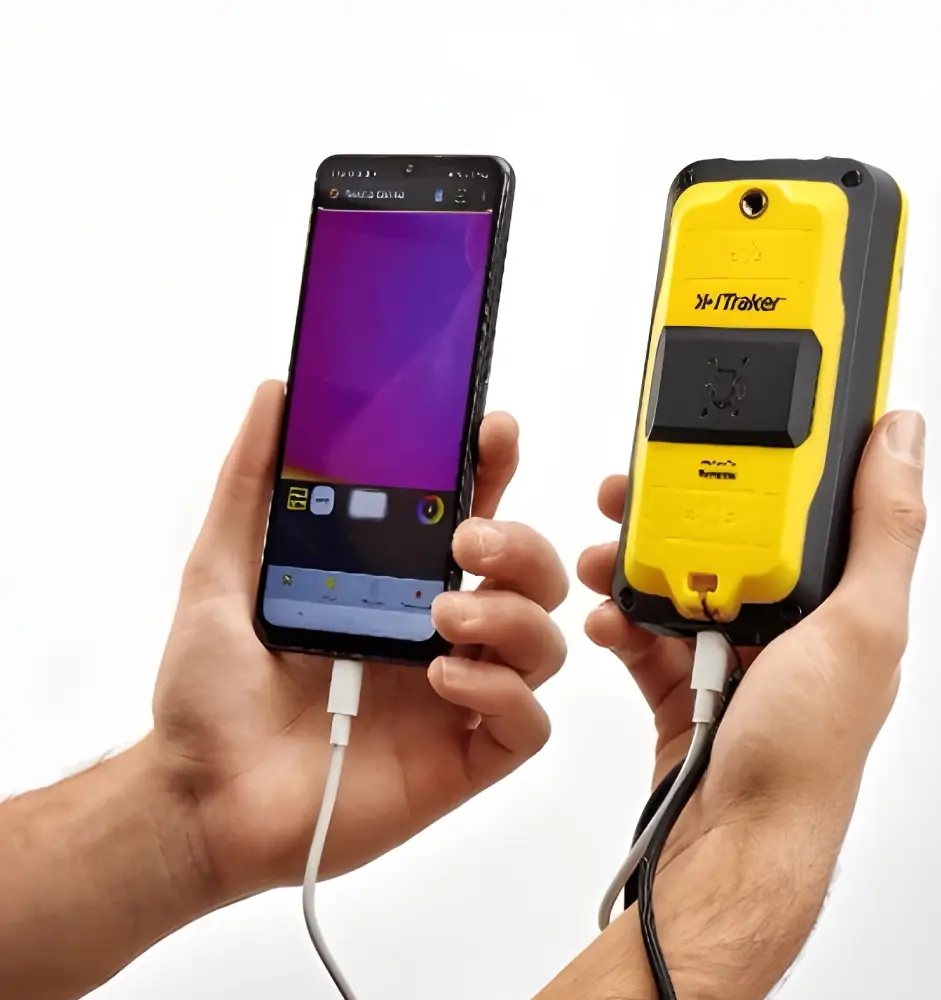Termites Pest
Are you having Termites problems?
Subterranean Termites

Colonies
A mature colony of subterranean termites can contain thousands to millions of termites with a complex system of tunnels and chambers. The colony continues to produce swarmers annually to establish new colonies.
Identification
Subterranean Termites (Coptotermes gestroi) or white ants are the most commonly species found in Singapore. They are small, paled coloured termite with soft bodies. It closely resembles other subterranean termites species, making identification challenging without specialized knowledge or tools.
Habitat
Subterranean Termites is highly adaptable and can thrive in a variety of habitats, including urban areas, forest and agricultural lands. They prefer warm, humid environments, often near moisture sources such as soil and decaying wood or water pipes
Diet
Like other subterranean termites, they feed on cellulose materials found in wood, paper, plant debris. They can cause extensive damage to wooden structures, furniture and other items made of cellulose rich materials.
Behaviour
Subterranean Termites colonies are highly organized consisting of workers, soldies and reproductive individuals. Workers are responsible for foraging for food and maintaining the colony, while soldies defend the colony against threats. Reproductive individuals known as alates or swarmers, are responsible for starting new colonies through swarming.

What are Subterranean termites?

Damage potential
Subterranean termites are the most common and destructive termite species, causing billions of dollars in damage each year. These social pests live in underground colonies, feeding on wood and other cellulose-based materials. Their colonies can contain millions of individuals making them a formidable force in the destruction of homes and buildings.

Signs of infestation
Mud tubes
These are pencil-sized tubes made of soil and saliva that termites use to travel between their nest and food source. They are often found on foundation walls, basements, crawl spaces and ceilings.
Wood damage
Hollow-sounding wood, blistered surfaces and visible tunnels within wood are common signs of termite activity.
Swarmers
The presence of winged reproductive alates, especially near windows or light sources, indicates a nearby colony. Discarded wings are often found after a swarm
Prevention and control for subterranean termites
Moisture control
Eliminate sources of excess moisture in and around your home. Fix leaky pipes, ensure proper drainage and prevent water accumulation near foundation and wooden door frames especially at bathroom area.
Wood to Soil Contact
Avoid direct contact between soil and wooden parts of your home. Use concrete or metal barriers and other wood materials away from the foundation.
Regular Inspections
Conduct regular inspections of your property, especially in areas prone to moisture and wood contact. Look for signs of termite activity and address any issues promptly.
Conslusion
Subterranean termites may be hidden from sight, but their damage can be devastating. Subterranean termites pose a significant threat to the structural integrity of homes and buildings. Regular maintenance and vigilant inspections and timely interventions are essentials to keeping subterranean termite populations under control and preventing costly damage. If you suspect a termite infestation, it is crucial to act quickly and seek professional assistance to ensure thorough eradication and long term protection
Dry Wood Termites
Identification
Dry wood termites are light brown to cream-coloured insects with soft bodies. They are typically smaller than subterranean termites, ranging from 3/8 to ½ inch in length. Winged reproductive individuals, known as alates or swarmers are darker in colour and have wings that extend beyond their bodies.
Habitat
Unlike subterranean termites, which build their colonies underground, drywood termites live entirely within the wood they infest. They do not require soil or additional moisture sources and can thrive in dry climates. Drywood termites infest both structural wood (such as framing and furniture) and non-structural wood such as (door frames and trim).
Feeding
Drywood termites feed exclusively on cellulose materials found in wood. They tunnel into the wood, creating galleries for nesting and feeding. Over time, tunnelling and feeding can weaken the structural integrity of the infested wood, leading to damage and potential structural failure.
Colonies
Dry wood termite colonies are typically smaller than those of subterranean termites, often consisting of a few hundred to a few thousand individuals only. Colonies are entirely contained within the wood they infest and do not require contact with soil.

What are dry wood termites?

Damage potential
Dry wood termites are less destructive compared to Subterranean termites as their colony and population are much smaller. However, drywood termites can still cause extensive damage to wooden structures and furniture. Unlike subterranean termites, they do not leave visible mud tubes, making them harder to detect until damage is severe.

Signs of drywood termites infestation
Frass
Drywood termites produce frass, which are pellet-like droppings that accumulate near infested wood. Frass resembles sawdust or coffee grounds.
Kick-out holes
Small, round holes in wood surfaces where drywood termites expel frass.
Hollow sounding wood
Tapping on infested wood often produces a hollow sound.
Swarmers
The presence of winged reproductive alates, particularly indoors, indicates an active infestation. Discarded wings are often found near windows and light sources.
Prevention and control for drywood termites.
Moisture control
Although drywood termites do not require additional moisture, maintaining low humidity levels in your home can help deter infestations. Fix leaks and ensure proper ventilation
Wood Treatment
Use treated or naturally resisted wood for construction and repairs.
Regular inspections
Conduct regular inspections of your property, focusing on attics, crawl spaces and areas with exposed wood. Look out for signs of frass, kick-out holes and damaged wood.
Conslusion
Drywood termites are a serious threat to wooden structures and furniture, capable of causing significant damage if left unchecked. Drywood termites may be hidden from sight, but their damage can be devastating. Conduct regular inspections and take action to quickly prevent and control drywood termites infestations.





